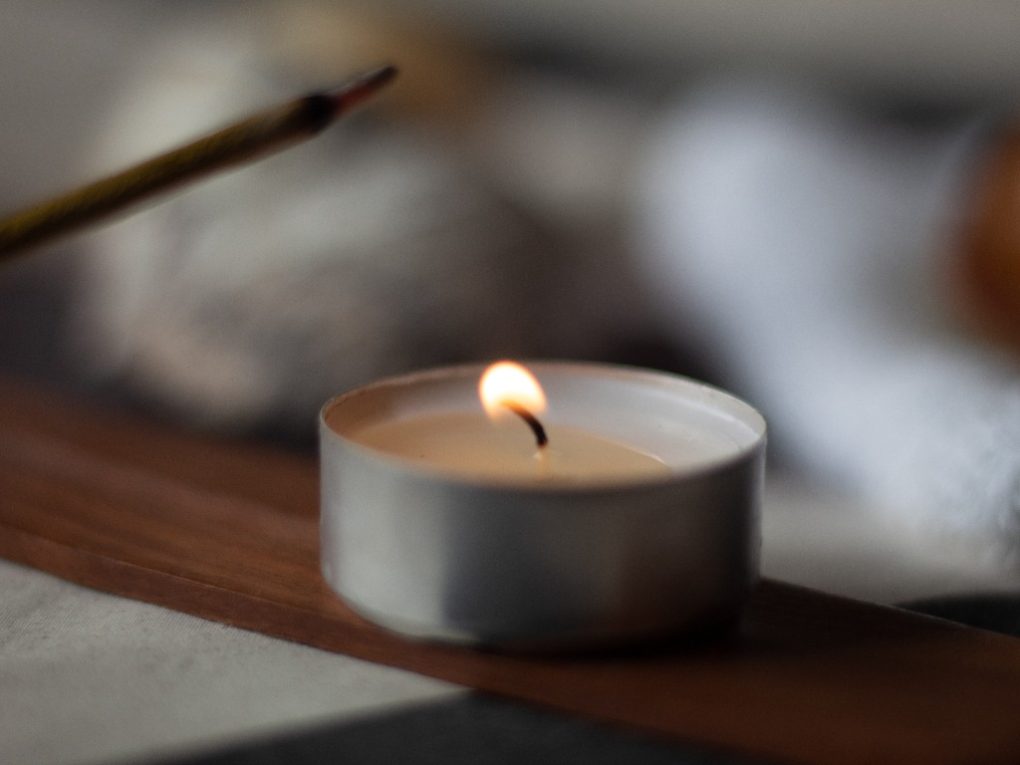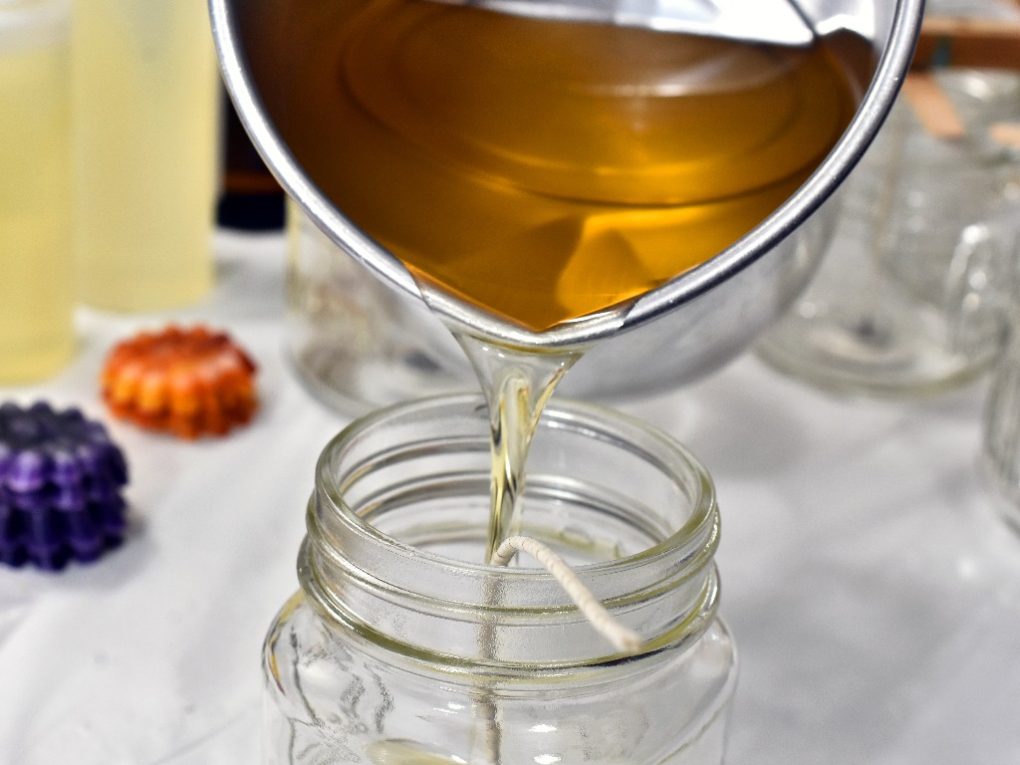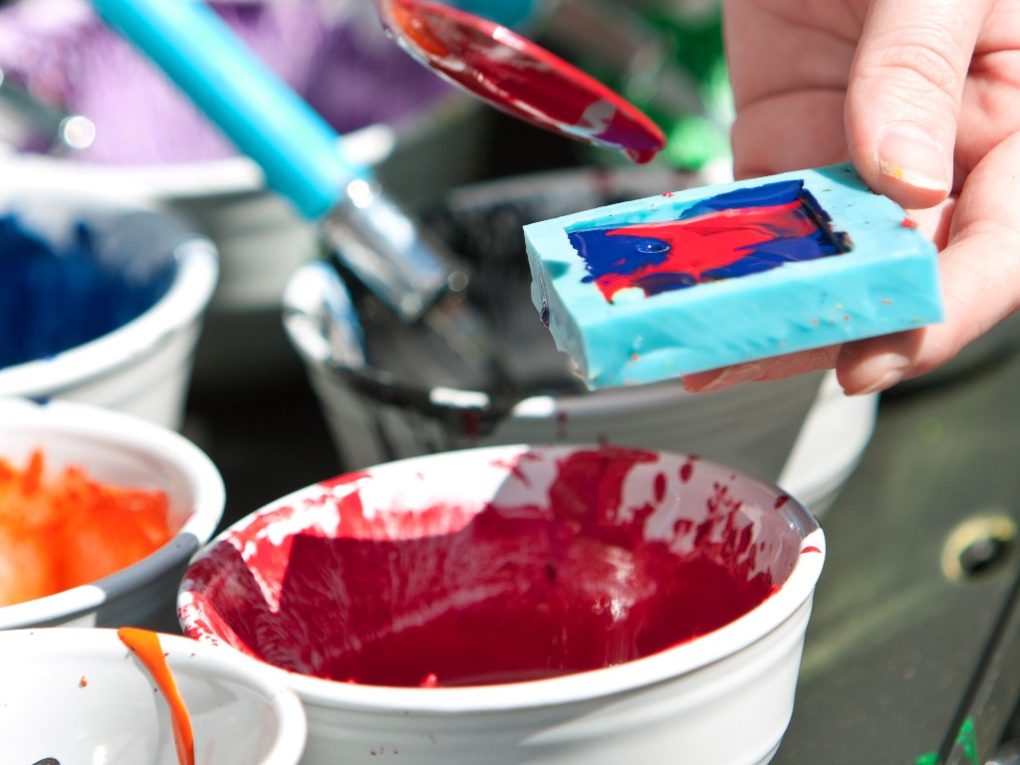Why Does Candle Wax Dry So Fast: Exploring the Science Behind It
Candle wax dries quickly due to its composition and the nature of the chemical process that occurs during the candle-making process. When the wax is heated, it melts and becomes a liquid poured into a mold or container to create a candle. As the wax cools, it solidifies and forms the shape of the mold or container.


The speed at which the wax dries depends on several factors, including the type of wax used, the room temperature, and the candle’s size and shape. For example, paraffin wax, a common wax used in candles, has a relatively low melting point and solidifies quickly when it cools, making it a popular choice for candle-making.
In addition, the size and shape of the candle can affect how quickly the wax dries. For example, a thin, tapered candle will dry faster than a large, round candle because there is less wax to cool and solidify.
Factors That Affect Drying Time
Candle wax drying time can vary based on several factors, including temperature, humidity, and airflow. Understanding these factors can help candle makers adjust their process to achieve the desired drying time.
Temperature
The temperature of the room can affect how quickly candle wax dries. The wax may take longer to dry if the room is too cold. Conversely, if the room is too hot, the wax may dry too quickly, which can cause cracking and other issues. Ideally, the room temperature should be between 70-75°F (21-24°C) for optimal drying time.
Humidity
Humidity can also affect candle wax drying time. High humidity can slow the drying process, while low humidity speeds it up. The humidity level should be between 40-60% to achieve optimal drying time. If the humidity is too high, you can use a dehumidifier to lower it. If it’s too low, you can use a humidifier to increase it.
Airflow
Airflow can be another factor that affects candle wax drying time. If there is too much airflow, the wax may dry too quickly, which can cause uneven drying and cracking. On the other hand, if there is not enough airflow, the wax may take longer to dry. Therefore, it’s important to find the right balance of airflow to achieve optimal drying time.
Evaporation
Based on observation, candle wax dries fast due to evaporation. When the candle is lit, heat is applied to the wax, and it melts. As the wax melts, it becomes liquid and evaporates into the air. The evaporation rate depends on several factors, including the wax’s temperature, the candle’s size, and the environment in which the candle is burning.
Surface Area
The surface area of the candle also affects how quickly the wax dries. The larger the surface area, the more wax is exposed to the air, and the faster it will evaporate. This is why candles with a larger diameter tend to burn faster than candles with a smaller diameter.
Chemical Composition
The chemical composition of the wax can also affect how quickly it dries. Some waxes contain additives and ingredients that increase the drying speed. For example, soy wax tends to dry faster than other types of wax because it contains a higher percentage of unsaturated fatty acids.
Applications of Candle Wax Drying
Candle Making


Candlemakers rely on the quick drying time of candle wax to produce their products efficiently. Once the wax has been poured into the mold and the wick has been inserted, the wax will begin to cool and solidify. The faster the wax solidifies, the quicker the candle can be removed from the mold, and the next candle can be made.
Candlemakers can also use additives and ingredients to increase the drying speed of their candles. However, they must be careful not to add too much, as this can negatively affect the quality of the candle.
Cosmetics
Cosmetics enhance or alter the appearance of the body, face, or hair and are used for various purposes, such as improving skin texture, providing color to the lips and cheeks, and adding shine and volume to hair. Here are some common types of cosmetics:
- Skin Care Products: Skin care products include moisturizers, cleansers, toners, serums, and facial masks. They are used to improve the texture and appearance of the skin and treat various skin conditions, such as acne, wrinkles, and hyperpigmentation.
- Makeup: Makeup includes foundation, concealer, blush, eye shadow, mascara, and lipstick. These products enhance or alter the appearance of the face, eyes, and lips.
- Hair Care Products: Hair care products include shampoos, conditioners, hair masks, and styling products, such as gels, mousses, and sprays, according to the National Institute of Health. They are used to clean, condition, and style hair and treat various hair conditions, such as dandruff and hair loss.
- Fragrances: Fragrances include perfumes, colognes, and body sprays. They are used to provide a pleasant scent to the body and clothes.
- Nail Care Products: Nail care products include nail polish, nail polish remover, and nail treatments. They are used to clean, color, and strengthen nails.
Furniture Polishing
Furniture polishing is a process that is used to clean, protect, and restore the appearance of wooden furniture. The first step in furniture polishing is to clean the furniture to remove any dirt, dust, or debris. This can be done by wiping the furniture with a soft cloth or using a vacuum cleaner with a soft brush attachment.
After the furniture is cleaned, it may be necessary to sand the surface to remove any rough spots or scratches. This is done using fine-grit sandpaper. If the furniture is unfinished or has lost color, a stain may be applied to give it a new look. The stain is applied using a brush or cloth and is left to dry according to the manufacturer’s instructions.
Once the stain is dry, furniture polish is applied to protect the surface and give it a shine. Furniture polish can be applied with a soft cloth or spray. After applying the polish, the furniture is buffed to create a smooth, shiny finish. This can be done using a soft cloth or a buffing machine.
Crayons
Crayons are a type of coloring material that is commonly used by children and adults alike. They are made by mixing wax with pigments or dyes to create various colors. The first step in making crayons is to melt the wax. This is typically done in a large pot or melting tank using a heating element. The temperature of the wax is carefully controlled to ensure that it does not overheat or burn.


Once the wax is melted, pigments or dyes are added to create the desired colors. The pigments are carefully measured and mixed into the wax to ensure that the color is consistent. After the pigments are mixed in, the wax is poured into molds. The molds are typically metal or plastic and shaped like small cylinders or rectangles. The wax is poured into the molds while still hot and liquid.
Once the wax is poured into the molds, it is left to cool and solidify. This typically takes several hours, depending on the size of the molds and the temperature of the room. After the crayons have cooled and solidified, they are removed from the molds and labeled with the name of the color. They are then packaged into boxes or sets for sale.
